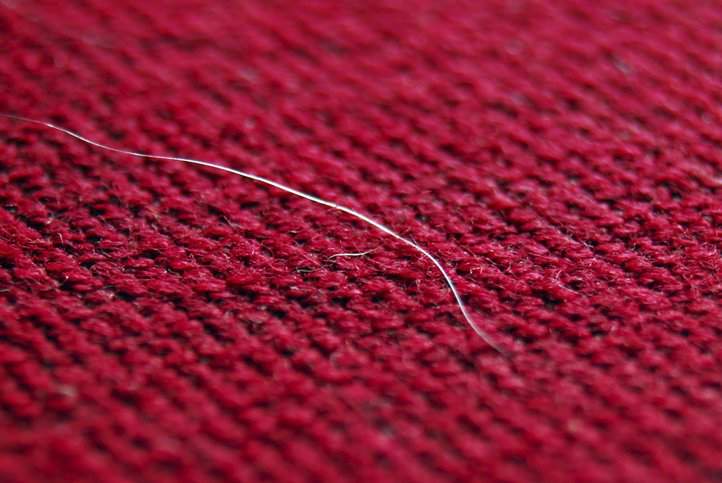Direct, Circumstantial, Testimonial, and Physical
Types of Evidence
__________________ evidence is physical evidence that might be trace evidence or gross evidence. It includes blood, saliva, hair or fibers that can be used to imply fact but does not directly prove it.
Circumstantial Evidence
Evidence given by an expert witness
Testimonial Evidence
Physical object associated with a crime
Physical Evidence
Witness to the crime
Direct Evidence
supports the truth of an assertion on its own
Direct Evidence
narrows evidence down to one person.
Individual evidence
No need for additional/supporting evidence
Direct Evidence
Involves a series of facts used to infer a fact - chain of circumstances from which a fair assumption can be made
Circumstantial Evidence
Eyewitness/victim testimony, getting caught in the act, are examples
Direct Evidence
When given with circumstantial evidence, becomes direct evidence
Testimonial Evidence
What type of Evidence?

Direct Evidence
Expert Witness- What type of Evidence?

Testimonial Evidence
narrows evidence to a group or class
Class Evidence
Has not been sent to the lab yet

Circumstantial Evidence
To assist an investigation, it must be analyzed and interpreted
Physical Evidence
What type of physical evidence?

Individual Evidence
Example – DNA/prints at the scene lead to inferences about the suspect
Circumstantial Evidence
Hairs or fibers that have not been tested yet

Circumstantial Evidence
Test for validity – credibility of expert
Testimonial Evidence
Examples are: Drugs, Fibers, Hair, Blood, Glass, Soil
Class Evidence
What type of physical evidence?

Class Evidence
Examples are:
Fingerprints, Toolmarks, Handwriting,DNA, Firearms, Shoeprints
Individual Evidence
What type of Physical Evidence?
/drugs-688430042-c5bb3179737547afb28d524836d668c9.jpg)
Class Evidence
What type of physical evidence?

Individual Evidence